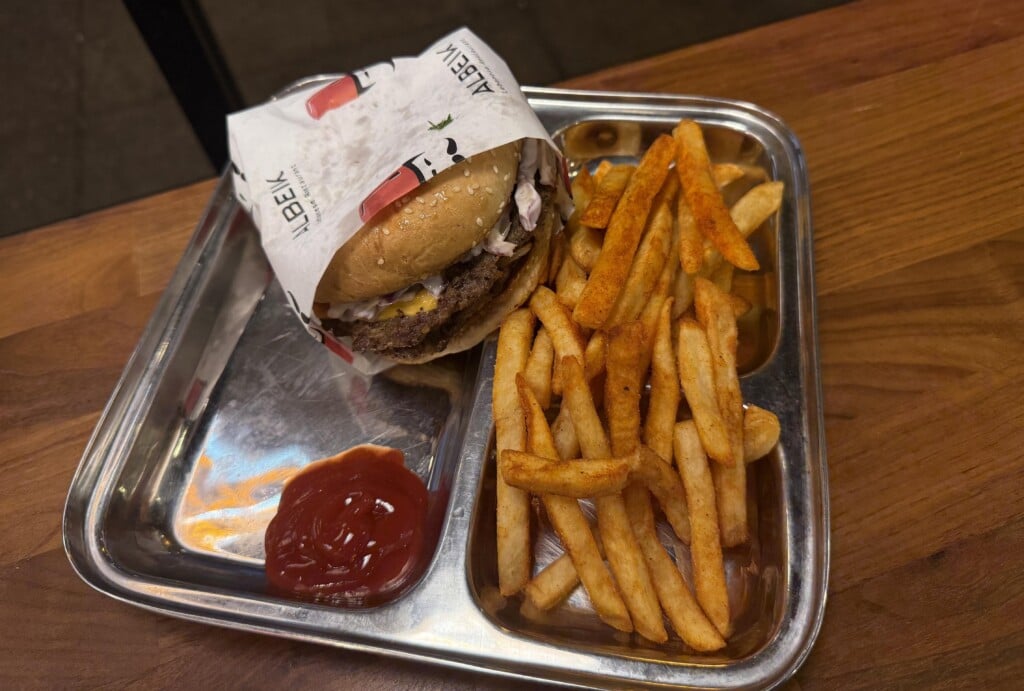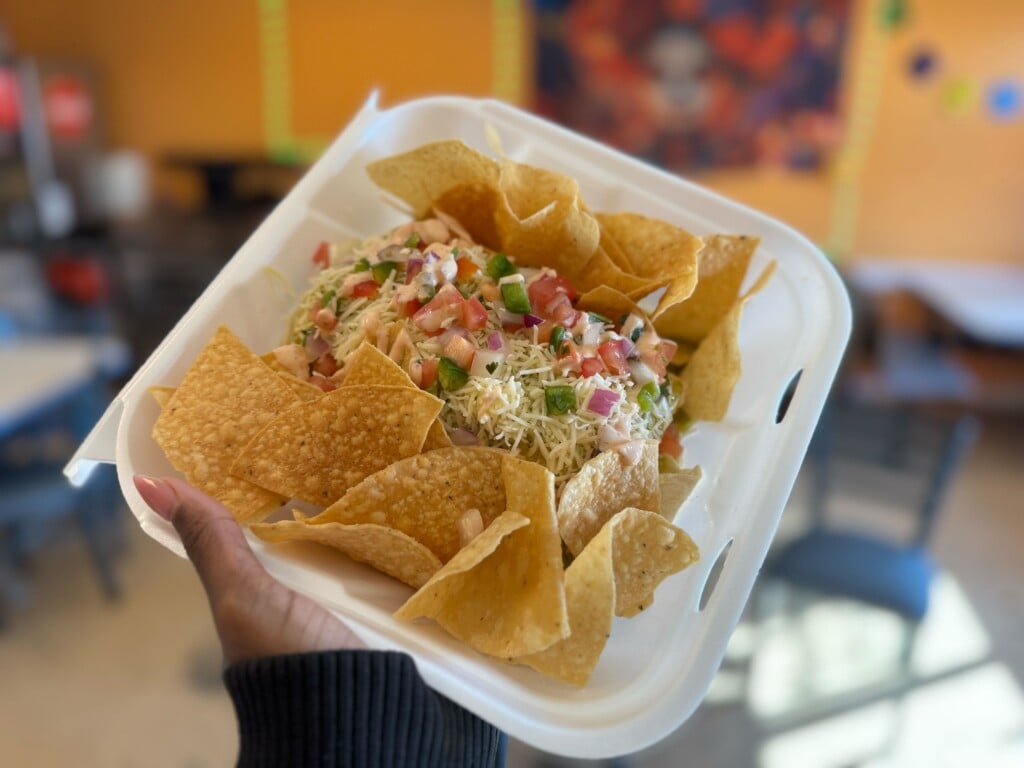Letter from the Food Editor: Three years amid KC chefs, restaurateurs, brewers, and butchers
Feast your eyes on the latest foodie-focused issue of The Pitch!
The eateries featured here don’t represent a list of award-winners, specific neighborhoods or cuisines, or niche categories. However, a phrase popped into my head and ended up providing a flexible framework: something old, something new, something fork, and something spoon.
I simply said to our team of writers, “Who or what do you want to highlight?” And sure, I shared a few suggestions, but these pages are filled with people and places our staff truly enjoys.
Speaking of enjoying, my job as Food Editor of an independent mag usually feels as cool as it may look from the outside. My skillset lends more toward a lens of highlighting the diverse range of our culinary scene rather than critiquing it, and facilitating a variety of voices to be heard.
Many of the voices are those of the foodies behind the bar or kitchen door. In addition to eating a lot of great food, one of the highlights is getting to chat with chefs, owners, baristas, and more. Common themes and concerns begin to stand out, and one of those is the issue of food waste.
The systemic obstacles of eradicating food waste are vast, but there are a few things that average diners in KC can do to help.
Possibly the most fun way is to try the Denmark-based food-ordering app called Too Good To Go. Users can check daily to see what area spots have “surprise bags” to offer. With prices around $3.99 to $9.99, app users can purchase a bag of leftovers to pick up during a specified window—usually near closing time.
For example, I reserved a bag from Carne Diem for $7.43 all-in and received over $20 worth of foods like bison bolognese, fresh eggplant, Olipop, and more. At Hana’s Donuts, $6.27 provided me three boxes overflowing with donuts at close. One order at Mr. D’s Coffee was canceled because there were no leftovers at the end of the day. I’m glad I wasn’t counting on that as my meal, but it’s a net good that there were no leftovers.
A second way for interested parties to tackle food waste is to get their hands dirty with Kanbe’s Markets. Through food redistribution, Kanbe’s delivers fresh produce daily to KC food deserts and diverts food from rotting in a landfill—moving over 1 million pounds in 2024 alone. Sure, they would love to accept your financial donation, but I also recommend trying a volunteer shift.
Over a couple hours on your feet, you’ll sort produce into categories based on quality. The strawberries, apples, and broccoli you triage by hand go to corner stores, food pantries, animal rescues, or compost. The sensory experience feels rich and grounding.
For most of us, handling produce and other fresh ingredients is limited to preparing meals—maybe begrudgingly, maybe joyfully—for ourselves and loved ones. But for thousands of folks in KC, it’s their livelihood.
Even though I have experience working in a curious variety of eateries, one aspect of the restaurant industry caught me off guard now that I’m in this role. It should not have.
At the restaurants where I’ve worked, most people do the job to get by, taking pride in their work but treating it as just that. I’ve now seen for myself the difference between a regular shmegular restaurant and those that shine: earning awards, remaining stable over decades, sustaining employees, offering seasonal menus, or earning a spot as the special occasion restaurant for your family. It’s due in large part to the passion of the professionals.
Okay, a realization that passion helps with work is not newsworthy. And I fully support the other side of that coin: It is work, and not everyone needs to be passionate about their job. Just like any capitalist industry, not every restaurant will please you, nor can sous-chefs be paid in self-fulfillment. A job is a job. But what I do want to communicate here is the depth of thought—and usually care—that goes into your meal, your custom syrup latte, your pretty pastry, or your clever cocktail.
When you take your seat and peruse the menu, what you don’t see is the hours of research put into designing that balanced menu; The relationships some chefs have with local farmers. The calculations required to predict how much inventory to order. The toll on workers’ backs, feet, lungs, sleep, and more. The thrill of creating new concoctions and having the front-of-house staff just as excited. The family history or travel inspiration borrowed to conjure dishes that will please customers and the bottom line.
My point is: People care. As you sip your $15 cocktail or perform a Midwest nice-off for the last pizza slice, take a moment to appreciate the hands and minds that crafted this experience for you. The process started months, maybe even years ago. Now, we hope the following pages make you drool a little, then hop in your car to try something new. Hopefully with a broadened perspective. Sure, local restaurants feed us, but they also provide pillars of tangible, sensory, and nurturing culture for our communities. Those contributions are worth celebrating by supporting.
I’m no stranger to a cheap chain drive-thru, but when small businesses are a first thought, myriad benefits ensue. More dollars stay in the community, local growers and ranchers continue to cultivate, neighborhoods remain interesting, workers can expand their creativity and maybe even be paid a livable wage for it, and perhaps you’ll even sit down with loved ones over a meal more often.
Every dollar you spend is a vote for the world you want to live in—including at restaurants.
Now dig in!






